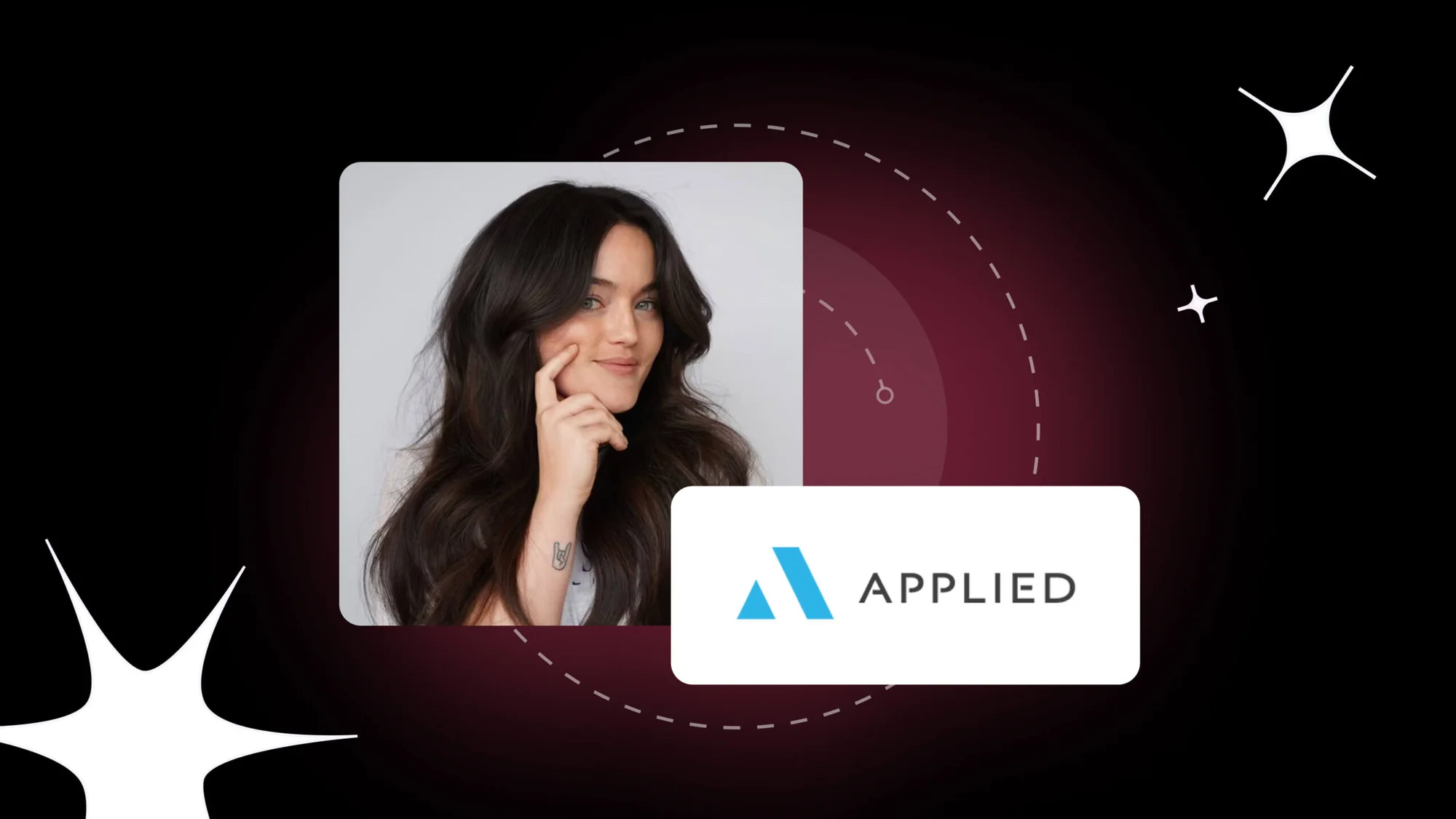We all know how software has infiltrated our lives. It’s how we get a lot of the things we need to take care of outside of work, done. And it’s quickly becoming how we get almost everything done inside of work, too. In other words, we’re looking straight into the eye of a new paradigm of user experience for employees using systems at work.
And here’s the silver bullet: The success of this software is defined by how it’s actually used by employees—not by simply implementing it. So how can people and systems leaders drive continual, meaningful use of digital tools to best empower their workforces? Pendo can help.
Solving for business friction that comes with using ever-evolving technologies
Almost two years ago, we proudly made a sizable investment in Workday—a comprehensive human capital management platform—here at Pendo. And we determined that our people would be the critical ingredient in making this new digital tool (and others like it) work for our organization. In other words, systems configuration and process engineering alone wouldn’t be enough to measure successful usage of this software.
We wanted our employees to not only use Workday, but to really experience it. Pendo helped us use our own product to solve business friction and turn our implementation into a value-added user experience, fast.
How Pendo uses Pendo
So, how did we do it?
Uncover common pain points
We started with the pain points. Through in-system surveys, anecdotal conversations with key users in critical functions, and by analyzing support ticket trends, we were able to identify how everyone across the organization felt after making this huge investment and building out this incredible system.
We found out that the change left some employees and managers feeling as though they couldn’t do things themselves—and if they could, feeling that it wasn’t always intuitive or easy. They also noted continued dependence on limited administrative support and extended processing times. And some high performers even showed signs of frustration.
Consider every stakeholder
Next, we asked “How can we fix these issues for everyone involved?”—including our various employee users by persona or user type, administrators across people systems (and the systems people use), and IT and finance (who approved the technical debt to begin with).
We did this by getting users to and across applications where there were multiple points of entry, and bridged those process steps. This included using lightbox-style in-app guides in Pendo to get employees into the right system—Workday—then using tooltips within Workday to point users to ancillary tools like our applicant tracking system (Greenhouse) and payroll system (ADP) as necessary.
We leveraged Pendo Analytics to find out where users were getting stuck moving through a system. And we leveraged Pendo’s persona-based in-app tooltips, guides, and navigation—which allowed us to provide targeted guidance to each audience type, without the need for lengthy manuals or training sessions.
As part of this effort, we also considered how we could improve important workflows within Workday—like our offer and onboarding processes, pay transparency, comp planning, and open enrollment. We used Pendo In-app Guides to make it easier for users to find and self-serve all these areas of the Workday platform, and used contextualized, persona-based messages to drive the necessary actions from targeted cohorts.
Make a great first impression
We also knew the importance of making sure our workforce had a great first impression with Workday. So we focused our attention on creating tailored onboarding experiences for our various user types.
For example, employees and managers have two very different new hire onboarding experiences and needs. So we used Pendo’s navigation and support tools—which understand and adapt to each user’s specific questions—to help these groups work their way through the new hire onboarding process. For some users, this meant viewing information. For others, taking action. But they were all doing so within the same system and process—allowing us to be more efficient as a business.
We also used Pendo to enable users on Workday’s robust comp planning tool— which, based on type of job or pay, presented a very different experience for planners focused on base salaries for support functions vs. planners focused on commission changes for sales functions. Here again, our entire team was able to get their planning done within the same system and process, thanks to targeted tooltips and navigation, built in Pendo.
Improve discoverability
And finally, after launching pay transparency to our candidates and employees as a total reward and compliance initiative, we also used Pendo in-app tooltips in Workday to make this information easier for everyone to find and understand.
This took our implementation a step further: We weren’t just giving everyone across the business what they needed in Workday, but also started building an understanding that our salary ranges and pay are competitive—and part of the bigger value proposition of working at Pendo.
And now what about that ROI?
In the systems world, going live with a new system like Workday isn’t the finish line—rather, it’s the starting line. And ensuring that users actually use, adopt, and understand the system to get things done in an easier way (all wrapped in a positive experience), is how the race is ultimately won. With Pendo, we were able to make our investment in Workday an experience for our employees, and saw an amazing return on our investment.
We saved time with fewer support tickets—allowing administrators to focus more on value added work. So instead of directing and redirecting users to workflows or process steps, these same administrators were now able to audit user input for accuracy, build integrations to further our automation efforts, and continue unlocking and deploying additional Workday modules that the business needed.
We also saw adoption skyrocket, with 85% of employees signing into Workday within our first month of go-live. And we even impacted compliance, with 75% of our employees signing in and taking the necessary action related to our code of conduct within the first day of the process kickoff.
Why this all mattered
So, why did we move to Workday? Why did we use Pendo alongside Workday to help optimize ROI? And how did any of this even fit into Pendo’s larger strategy to improve the employee experience across all the tools we use?
For us, it was simple. The cost of not doing it was far greater than the sweat equity to get it done. Employees have options of where they choose to work. And those who work for an organization that treats them like a customer—with tools they can use and benefit from—tend to stay longer. They also spend more time adding value, working smarter, and ultimately becoming part of a place where both they—and the organization as a whole—benefit. In other words, we knew that delivering a better, more elevated experience and true digital transformation was non-negotiable. And it continues to be a differentiator in how we do business.
Want to learn more about how Pendo can empower your employees with the software they rely on every day? Schedule a custom demo today.




